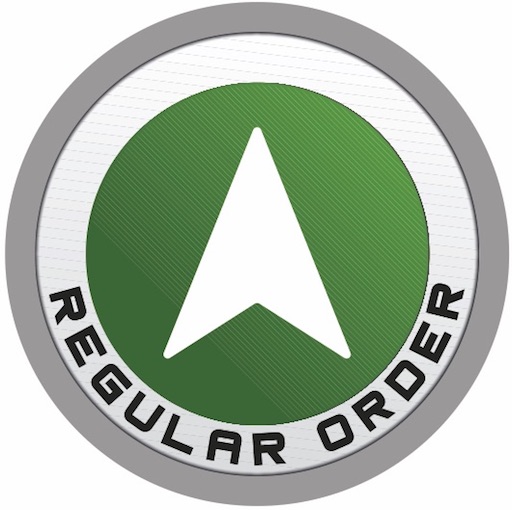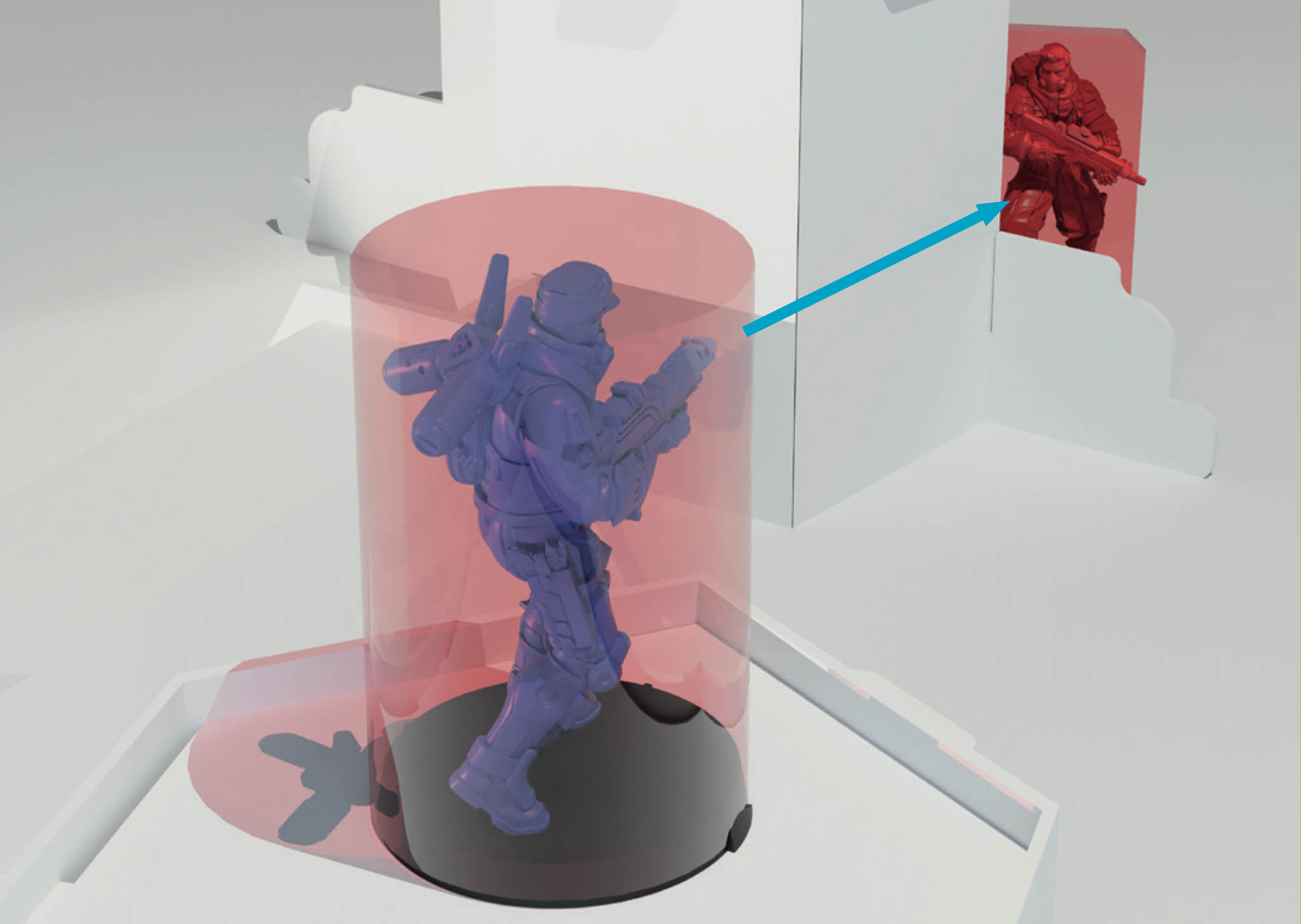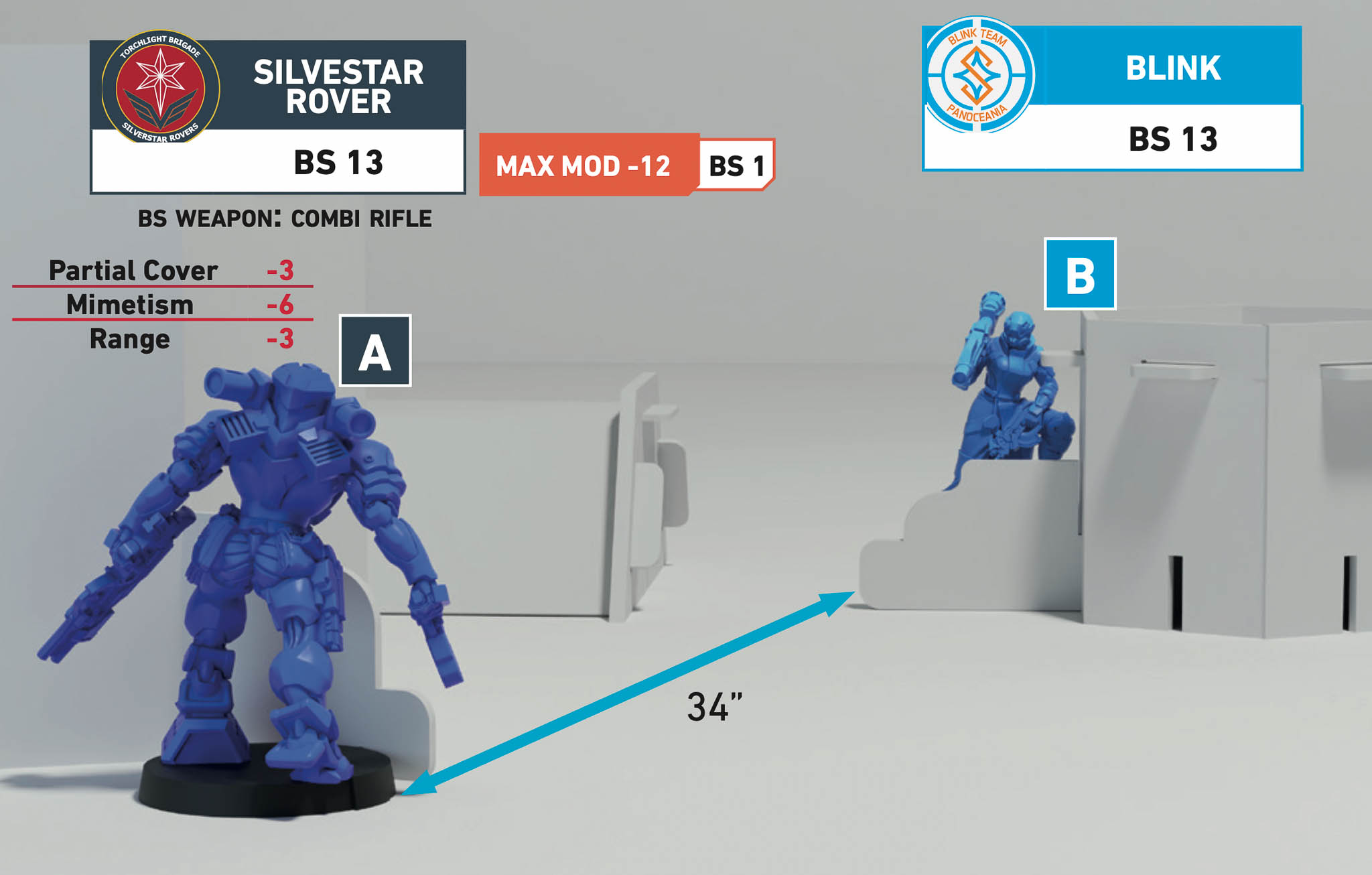Welcome back, Human Sphere recruits! I’m a newbie to Infinity the Game N5, Corvus Belli’s sci-fi tabletop wargame that’s got me hooked with its tactical depth and cyberpunk flair. If you’re new to Infinity N5 and wondering how to make sense of its rules, this beginner’s guide is for you. In this post, I’m breaking down the core mechanics of Infinity N5—Orders, Automatic Reaction Orders (AROs), Face-to-Face Rolls, Saving Rolls, and terrain/cover—using the Infinity Essentials framework to keep things simple. I’ll share my first demo game’s chaos and lessons learned to help you start playing this thrilling 28mm skirmish game.
Missed the first post? Check out Blog Post 1: Getting Started: What You Need for Infinity N5 to learn about miniatures, rules, and faction choices for Infinity the Game. Now, let’s dive into the mechanics that make N5 tick!
Infinity N5 (released December 2024, updated April 2025) is a tactical tabletop wargame where small squads battle in mission-driven scenarios. The N5 ruleset refines Infinity with streamlined mechanics like Saving Rolls and the Special Die, making it accessible yet deep. As a beginner using the Operation: Sandtrap Infinity Essentials box, I’m learning the ropes, and this guide will help you grasp the basics to play your first N5 game confidently.
Why Infinity Essentials?
Infinity Essentials is N5’s beginner-friendly entry point, replacing Code One. It uses simplified rules and closed army lists (pre-set units from starters like Operation: Sandtrap) to ease you into the game. Essentials focuses on core mechanics without the full N5 rulebook’s complexity (e.g., Fireteams, vehicles). It’s perfect for learning how Infinity the Game flows before tackling advanced N5 rules.
My Experience: I played Sandtrap’s first Essentials mission and got overwhelmed by AROs. But the simplified rules helped me focus on the basics, like moving and shooting, without drowning in special skills.
Key Infinity N5 Core Mechanics
Here’s a breakdown of the core mechanics you’ll need to play Infinity N5, explained for beginners:
1. Orders and the Order Pool
In Infinity N5, your turn (Active Turn) is driven by Orders, which let your troops act. Each trooper generates one Order, forming your Order Pool. During your Active Turn, spend Orders to activate one model at a time, performing actions like:
Move: Advance up to the model’s MOV stat (e.g., 4 inches).
Shoot: Attack with a weapon’s Burst (B) value (e.g., B3 = three d20 rolls).
Dodge: Roll to avoid attacks or reposition.
Short Skills: Combine actions (e.g., Move + Shoot) in one Order.
N5 Note: Essentials limits actions to basics, while full N5 adds skills like hacking. Orders are tracked with tokens (one per trooper).
My Experience: In my demo, I had six JSA models, giving me six Orders. I wasted three moving a Keisotsu into a bad spot, eating an ARO. Tip: Plan your Order spending to prioritize objectives.
2. Automatic Reaction Orders (AROs)
Infinity’s standout feature is that it’s always your turn, thanks to Automatic Reaction Orders (AROs). During your opponent’s Active Turn (your Reactive Turn), any model with Line of Fire (LoF) to an enemy action can react with one ARO, such as:
Shoot: Fire back with reduced Burst (usually B1).
Dodge: Roll to avoid damage or move slightly.
Reset: Counter hacking or reposition.
N5 Note: AROs make Infinity N5 highly interactive, as every enemy move triggers potential reactions. Essentials keeps AROs simple, focusing on Shoot or Dodge.
My Experience: I moved a JSA Shinobi into LoF of a PanO sniper, who ARO’d and dropped it in one shot. Lesson: Always check enemy LoF before moving!
3. Face-to-Face Rolls
When an Active Turn action (e.g., shooting) meets a Reactive Turn ARO (e.g., dodging), you resolve it with a Face-to-Face Roll. Both players roll d20s, aiming to roll under their relevant stat (e.g., Ballistic Skill [BS] for shooting, Physique [PH] for dodging). The highest roll under the stat wins, canceling the opponent’s action. Ties favor the Active player.
N5 Special Die (+1SD): Some units (e.g., Fireteam members in full N5) roll an extra d20 and discard the worst, even in AROs. Essentials omits this for simplicity.
Example: My Keisotsu (BS 11) shoots (rolls 8, success) vs. a PanO Fusilier dodging (PH 10, rolls 9). My 8 beats their 9, so the shot hits.
My Experience: I lost a Face-to-Face Roll because I didn’t understand stat comparisons. Tip: Check your model’s BS or PH on Infinity Army before rolling.
4. Saving Rolls (SR)
When a model takes a hit, it makes a Saving Roll (SR) to avoid losing Vitality (VITA), replacing N4’s ARM/BTS. Each weapon has a Probability of Survival (PS) (e.g., PS7 for a combi rifle). Roll a d20 under the PS to survive. Fail, and lose 1 VITA (most units have VITA 1, so they’re out).
N5 Note: Cover adds +3 to PS, making terrain critical. Essentials uses standard PS values for simplicity.
Example: My Keisotsu is hit by a PS7 rifle in cover (PS7 + 3 = PS10). I roll a 6 (under 10), so it survives.
My Experience: I forgot cover’s +3 PS bonus, losing a model unnecessarily. Tip: Hug cover to boost Saving Rolls!
5. Terrain and Cover
Terrain shapes Infinity N5’s tactical gameplay:
Cover: Grants +3 PS to Saving Rolls and imposes a -3 MOD to enemy BS rolls.
Line of Fire (LoF): Dense terrain blocks LoF, preventing AROs or shots.
Difficult Terrain: Halves MOV (e.g., 4 inches becomes 2).
N5 Note: Essentials emphasizes cover and LoF, keeping terrain rules simple. Full N5 adds elevation and visibility zones.
My Experience: I placed terrain poorly, leaving open lanes for PanO AROs. Tip: Use 8-10 terrain pieces on a 24x32-inch table for balance.
My First N5 Demo Game
I played Operation: Sandtrap’s first Essentials mission (150 points, JSA vs. PanO) on a 24x32-inch table. My JSA list had six models: three Keisotsu, a Yamabushi, a Shinobi, and a Ryuken-9. I lost 4-1, but here’s what happened:
Mistake 1: I moved my Shinobi into a PanO sniper’s LoF, triggering an ARO. The sniper’s Face-to-Face Roll won, and my Saving Roll failed (no cover!).
Mistake 2: I spent all Orders chasing kills, ignoring the mission’s objective (secure a zone).
Win: My Keisotsu in cover survived two shots thanks to a PS10 Saving Roll, teaching me to love terrain.
Lesson: Check LoF, prioritize objectives, and use cover. The Essentials rules kept it manageable, but AROs made every move tense!
Practice Tips for Beginners
Play Essentials Missions: Start with Sandtrap’s quick-start missions (infinityuniverse.com/resources) using 3-5 models at 150 points.
Use Infinity Army: Check model stats at infinityuniverse.com/army/infinity (N5-updated) to understand BS, PH, and VITA.
Study Rules: Reference Infinity Wiki (infinitythewiki.com) for clarifications on AROs or Saving Rolls.
Watch Tutorials: Corvus Belli’s YouTube or Rob Shepherd’s Infinity 101 series explain mechanics visually.
What’s Next in the Series?
Next, we’ll cover Building Your First N5 Army: Beginner Tips, exploring how to craft a 150-point list with Infinity Army and avoid newbie list-building traps. I’ll share my JSA list’s hits and misses. Missed the setup guide? Revisit Blog Post 1: Getting Started: What You Need for Infinity N5 for miniatures and terrain tips. Until then, join r/InfinityTheGame, check infinityuniverse.com, or share your N5 demo stories in the comments. Let’s master Infinity the Game together!
Hashtags for Social Media: #InfinityN5 #InfinityTheGame #N5CoreMechanics #TabletopWargaming #InfinityEssentials #OperationSandtrap #TacticalWargame #SciFiMiniatures #JSAArmy #PanOceania #WargamingBeginner #CorvusBelli #MiniatureGaming





No comments:
Post a Comment